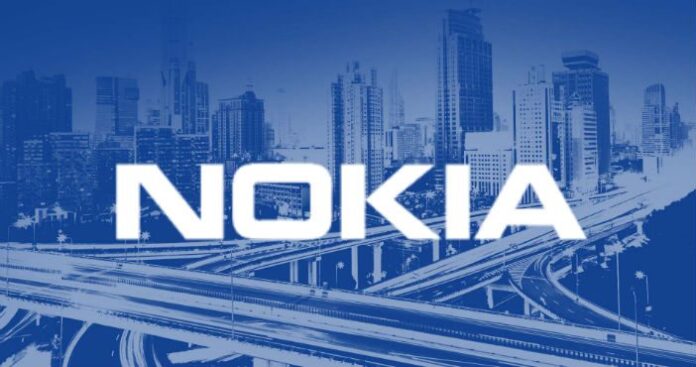Nokia continues to focus on 5G research with a new network architecture developed in partnership with SK Telecom. The companies have separated the user plane from the control plane. SK Telecom said that the physical separation of the control plane and the user plane within the LTE core will offer the benefits of both centralized and distributed network models.
In a mobile network, the user plane is often called the data plane. It refers to the network functions that move user data from one point to another. The control plane, as its name suggests, controls that traffic through the use of signaling protocols that enable routers and servers to interact and control network traffic.
“Radical renovations on core network architecture is one of the keys to the successful implementation and commercialization of 5G,” said SK Telecom in a press release. “The core network architecture is restructured into a hybrid network model with distributed user plane functions, controlled by centralized control plane functions for optimal delivery of massive data.”
SK Telecom and Nokia have just opened a 5G research center at Nokia Networks’ Korean office, and they expect to launch a 5G test bed before the end of the year. One of the goals for the two companies is a cloud-based virtualized base station.
Last November, Nokia and SK Telecom claimed development of the world’s first base station virtualization technology, which they call Cloud VRAN. Then in January, the two companies signed a memorandum of understanding to develop core 5G network technologies including gigabit-level data transmission technology.
Earlier this month, Nokia said it will fund 5G research at Germany’s University of Kaiserslautern. That research is also expected to focus on the evolution of the core network as opposed to the radio access network.
Follow me on Twitter.

